Home>Gardening & Outdoor>Plant Care & Gardening Tips>Where Is The Tobacco Plant Native To
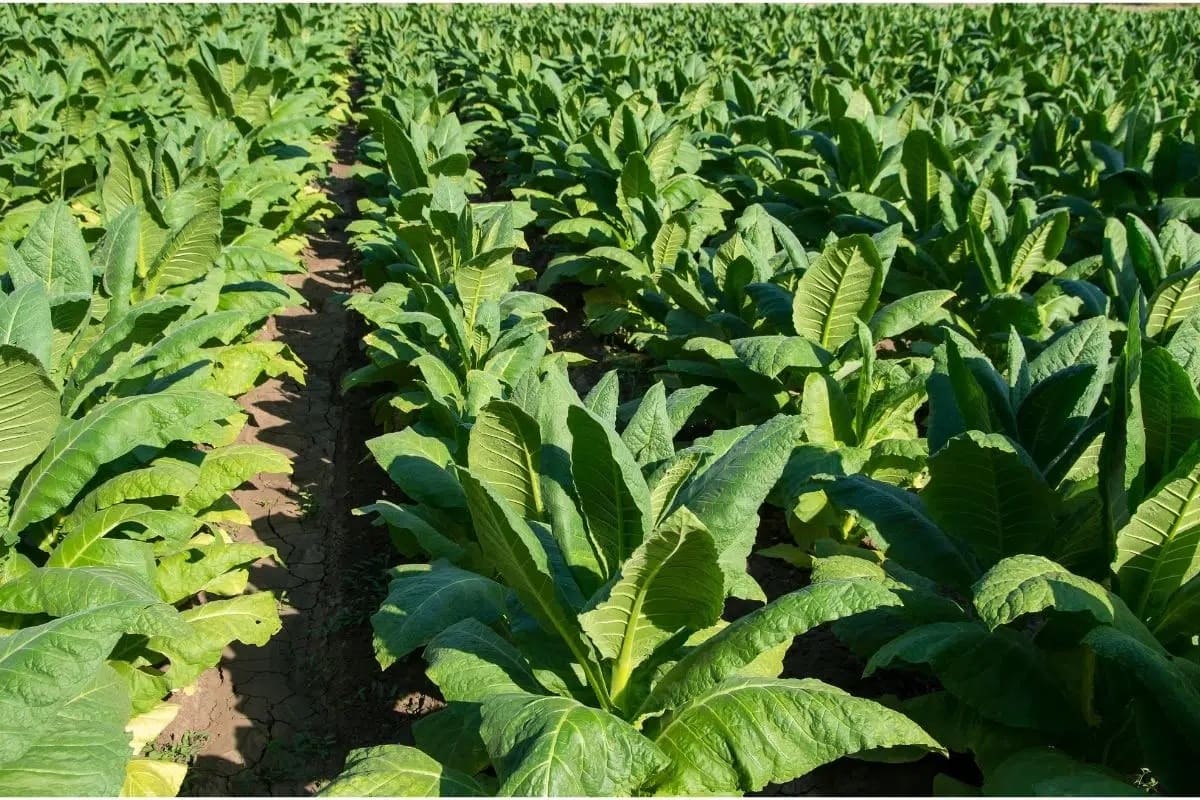

Plant Care & Gardening Tips
Where Is The Tobacco Plant Native To
Published: December 25, 2023
Discover the native origins of the tobacco plant and gain valuable plant care and gardening tips. Learn about its natural habitat and how to cultivate it successfully. Explore the history and cultivation of this fascinating plant.
(Many of the links in this article redirect to a specific reviewed product. Your purchase of these products through affiliate links helps to generate commission for Storables.com, at no extra cost. Learn more)
**
Introduction
**
Welcome to the fascinating world of tobacco plants! In this article, we will delve into the intriguing history and native habitat of the tobacco plant, uncovering its origins and the journey it has taken across the globe. Whether you are an avid gardener, a plant enthusiast, or simply curious about the natural world, the story of the tobacco plant is sure to captivate and educate.
Tobacco, scientifically known as Nicotiana tabacum, has a rich and complex history, intertwining with various cultures and societies over centuries. From its humble beginnings in its native habitat to its widespread cultivation in diverse regions, the tobacco plant has left an indelible mark on the world.
Join us on a journey through time and space as we explore the origins and spread of the tobacco plant, gaining a deeper understanding of its significance and the environments it thrives in. Let's embark on this botanical adventure and unearth the secrets of the tobacco plant's native habitat and beyond.
Key Takeaways:
- Tobacco plants originated in the Americas and were used by indigenous communities for thousands of years, playing a significant role in their cultural traditions and rituals.
- The spread of tobacco cultivation from the Americas to other parts of the world has had a profound impact on global history, shaping economies, societies, and trade networks.
Read more: Where Is Ice Plant Native To
History of Tobacco
The history of the tobacco plant is a tapestry woven with cultural, economic, and agricultural threads. Native to the Americas, tobacco has been cultivated and used for various purposes by indigenous peoples for thousands of years. The earliest evidence of tobacco use dates back to ancient times, with archaeological findings indicating its presence in the Americas long before the arrival of European explorers.
Indigenous communities across the Americas regarded tobacco as a sacred plant, incorporating it into religious ceremonies, social rituals, and medicinal practices. Its significance extended beyond mere consumption, as tobacco played a central role in cultural traditions and interpersonal interactions.
Upon the arrival of Christopher Columbus in the Americas in 1492, tobacco became one of the first New World plants to capture the attention of European explorers. The widespread adoption of tobacco in Europe and its subsequent global dissemination transformed the plant into a commodity of immense economic importance.
Throughout history, tobacco has been intertwined with complex social dynamics, trade networks, and colonial ventures. Its cultivation and consumption have shaped economies, influenced international relations, and sparked debates on public health and ethics.
As we trace the history of tobacco, we encounter a multifaceted narrative that spans continents and epochs, revealing the profound impact of this plant on human societies and global commerce. From its revered status in indigenous cultures to its controversial role in modern times, the story of tobacco reflects the intricate interplay between nature, culture, and human endeavors.
The Native Habitat of Tobacco
The tobacco plant, Nicotiana tabacum, is indigenous to the Americas, specifically to the regions of South and Central America. Within this geographical expanse, the plant thrives in diverse ecosystems, displaying a remarkable adaptability to varying climates and soil conditions.
Native to the tropical and subtropical regions of the Americas, tobacco is well-suited to warm temperatures and ample sunlight. It flourishes in fertile, well-drained soils, often found in river valleys and lowland areas. The plant’s natural habitat encompasses a spectrum of environments, from the humid rainforests of South America to the arid plains of Central America.
One of the primary native habitats of tobacco is the Amazon rainforest, where the plant has historically been cultivated and utilized by indigenous communities. The fertile soils and humid climate of the rainforest provide an ideal setting for tobacco cultivation, allowing the plant to thrive and yield abundant leaves rich in nicotine.
Additionally, the Andean region, with its diverse microclimates and elevations, has served as a native habitat for various tobacco cultivars. The plant’s adaptability to different altitudes and temperature ranges has contributed to its widespread presence across the Andes, where it has been cultivated for millennia.
Understanding the native habitat of tobacco offers insights into the plant’s ecological requirements and evolutionary history. The diverse landscapes of the Americas have shaped the genetic diversity of tobacco, giving rise to distinct varieties and characteristics that have been passed down through generations.
Exploring the native habitat of tobacco allows us to appreciate the intricate relationship between the plant and its environment, shedding light on the evolutionary processes that have molded this remarkable species. As we venture deeper into the world of tobacco, we uncover the natural landscapes that have nurtured and sustained this plant for centuries.
The tobacco plant is native to the Americas, specifically to the region that is now modern-day Mexico and parts of South America.
Spread of Tobacco Cultivation
Following its domestication and utilization by indigenous peoples in the Americas, the cultivation of tobacco underwent a transformative journey, spreading across continents and becoming a staple crop in diverse regions. The introduction of tobacco to Europe in the 16th century marked the beginning of its global dissemination, as it quickly captured the interest of explorers, traders, and agriculturalists.
Upon its arrival in Europe, tobacco gained rapid popularity, with cultivation taking root in various countries, including Spain, Portugal, France, and England. The favorable climate and soil conditions in these regions provided conducive environments for the successful cultivation of tobacco, leading to the establishment of thriving tobacco industries.
Simultaneously, the transatlantic slave trade played a significant role in the expansion of tobacco cultivation, particularly in the Americas. Enslaved individuals from Africa were forcibly brought to the New World to work on tobacco plantations, contributing to the expansion and intensification of tobacco production in colonial territories.
The demand for tobacco continued to surge, prompting its cultivation in new territories beyond Europe and the Americas. As European powers established colonies in Africa, Asia, and the Pacific, they introduced tobacco cultivation to these regions, further diversifying the geographic spread of the crop.
Throughout this period of expansion, the cultivation of tobacco underwent significant transformations, with distinct cultivars emerging to suit the varying climates and growing conditions of different regions. This diversification led to the development of unique tobacco varieties, each imbued with specific flavor profiles and characteristics reflective of their terroir.
Today, tobacco cultivation spans the globe, with major producing countries including China, India, Brazil, and the United States. The evolution of tobacco cultivation from its origins in the Americas to its widespread presence worldwide underscores the plant’s adaptability and the enduring impact of historical trade and colonial networks.
As we trace the spread of tobacco cultivation, we witness the complex interplay of cultural exchange, economic forces, and ecological factors that have shaped the global landscape of tobacco production. The journey of tobacco cultivation mirrors the interconnectedness of human societies and the enduring legacy of this remarkable plant.
Conclusion
The tobacco plant’s journey from its native habitat in the Americas to its global spread is a testament to the enduring interplay between nature and human civilization. Its history is a mosaic of cultural significance, economic influence, and ecological adaptation, weaving a narrative that spans millennia and continents.
Exploring the native habitat of tobacco unveils the plant’s remarkable adaptability to diverse environments, reflecting the intricate ecological relationships that have shaped its evolution. From the lush rainforests of the Amazon to the high-altitude terrains of the Andes, tobacco has thrived in habitats as varied as the cultures that have cultivated it.
The spread of tobacco cultivation has left an indelible mark on the world, reshaping landscapes, economies, and societies. The global dissemination of tobacco stands as a testament to the enduring impact of historical trade routes, colonial endeavors, and cultural exchange.
As we reflect on the history and native habitat of the tobacco plant, we gain a deeper appreciation for the complexities of our interconnected world. The story of tobacco serves as a reminder of the intricate relationships between plants and people, highlighting the profound ways in which botanical species have shaped human history and vice versa.
In the present day, the cultivation and consumption of tobacco continue to spark discussions on public health, agricultural practices, and cultural traditions. The legacy of the tobacco plant serves as a lens through which we can examine the multifaceted dynamics of our globalized world, prompting us to consider the ethical, environmental, and social implications of our interactions with the natural world.
By delving into the origins and spread of the tobacco plant, we embark on a journey that transcends time and borders, offering insights into the enduring connections between plants, people, and the planet. The tobacco plant’s story is a testament to the enduring resilience and adaptability of nature, inviting us to contemplate our role as stewards of the earth and custodians of its botanical treasures.
Frequently Asked Questions about Where Is The Tobacco Plant Native To
Was this page helpful?
At Storables.com, we guarantee accurate and reliable information. Our content, validated by Expert Board Contributors, is crafted following stringent Editorial Policies. We're committed to providing you with well-researched, expert-backed insights for all your informational needs.
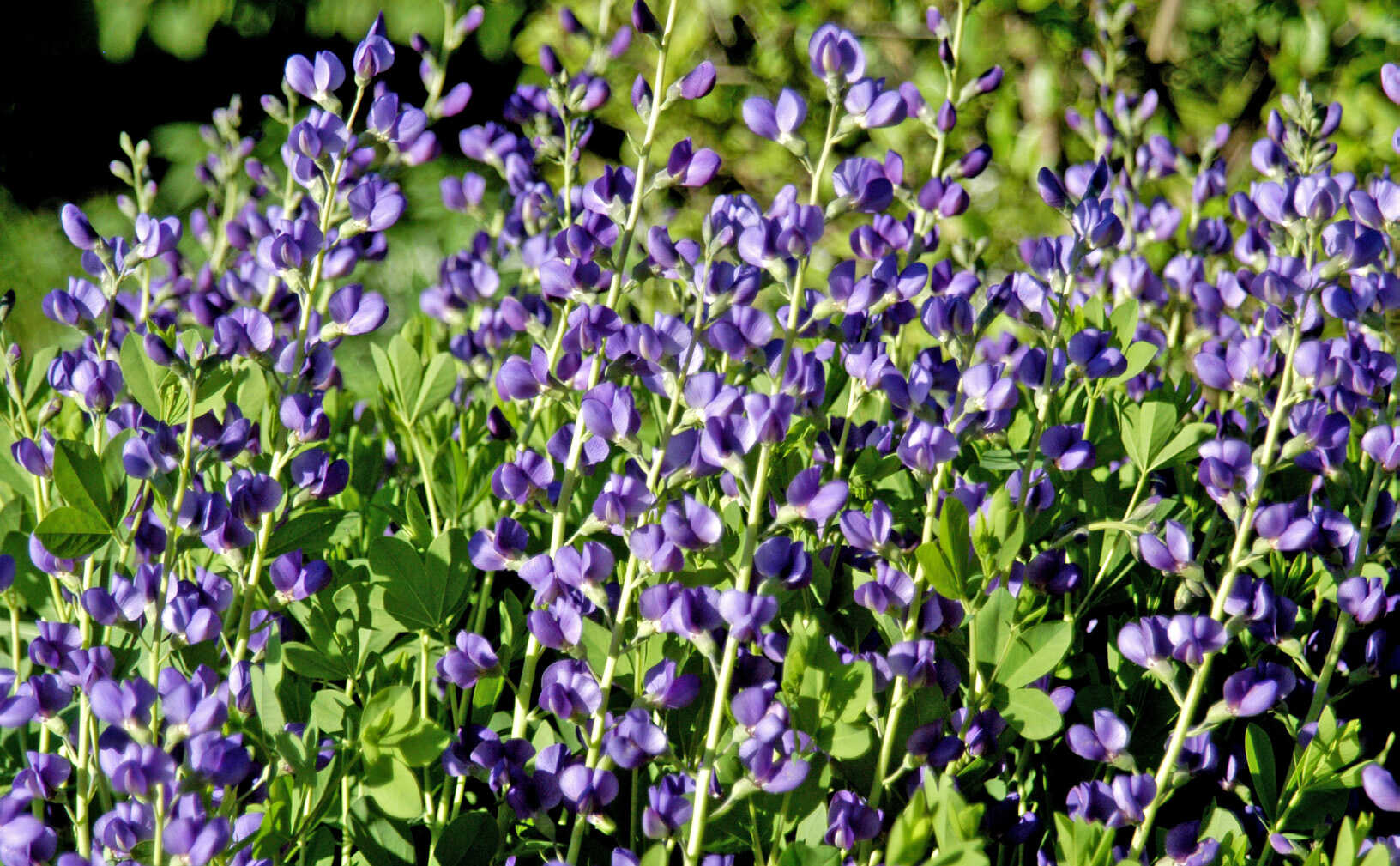
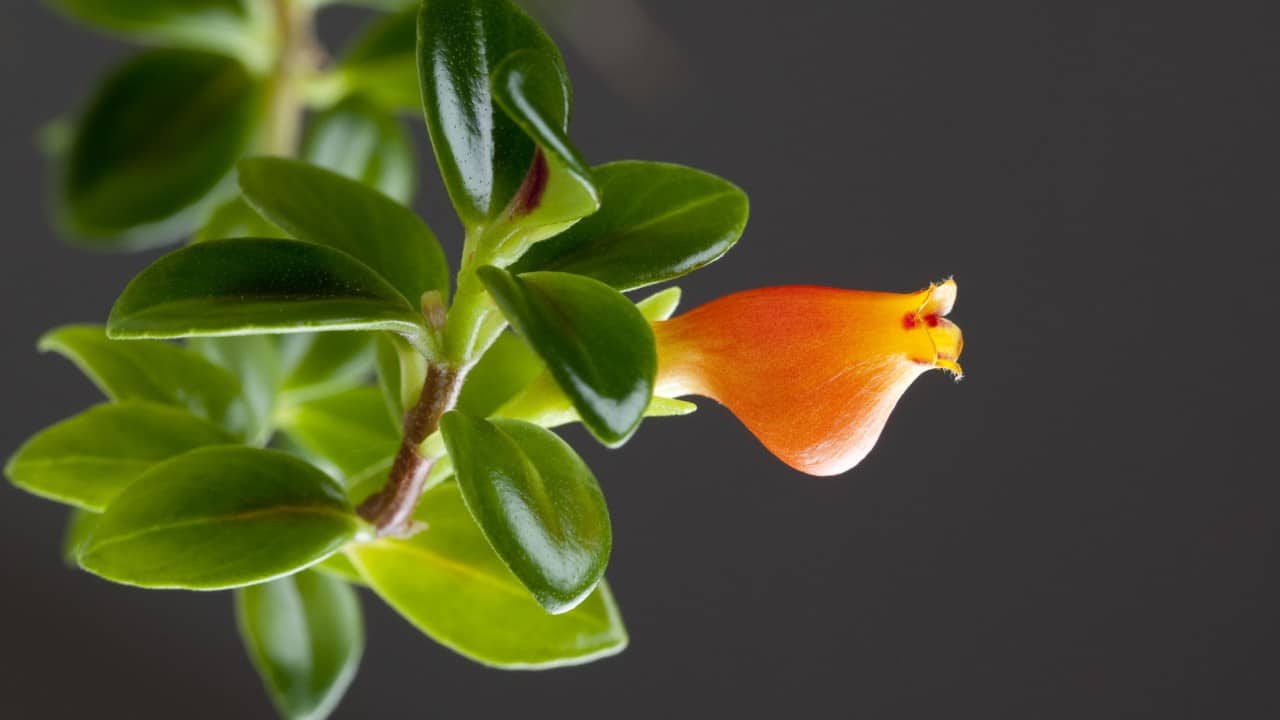
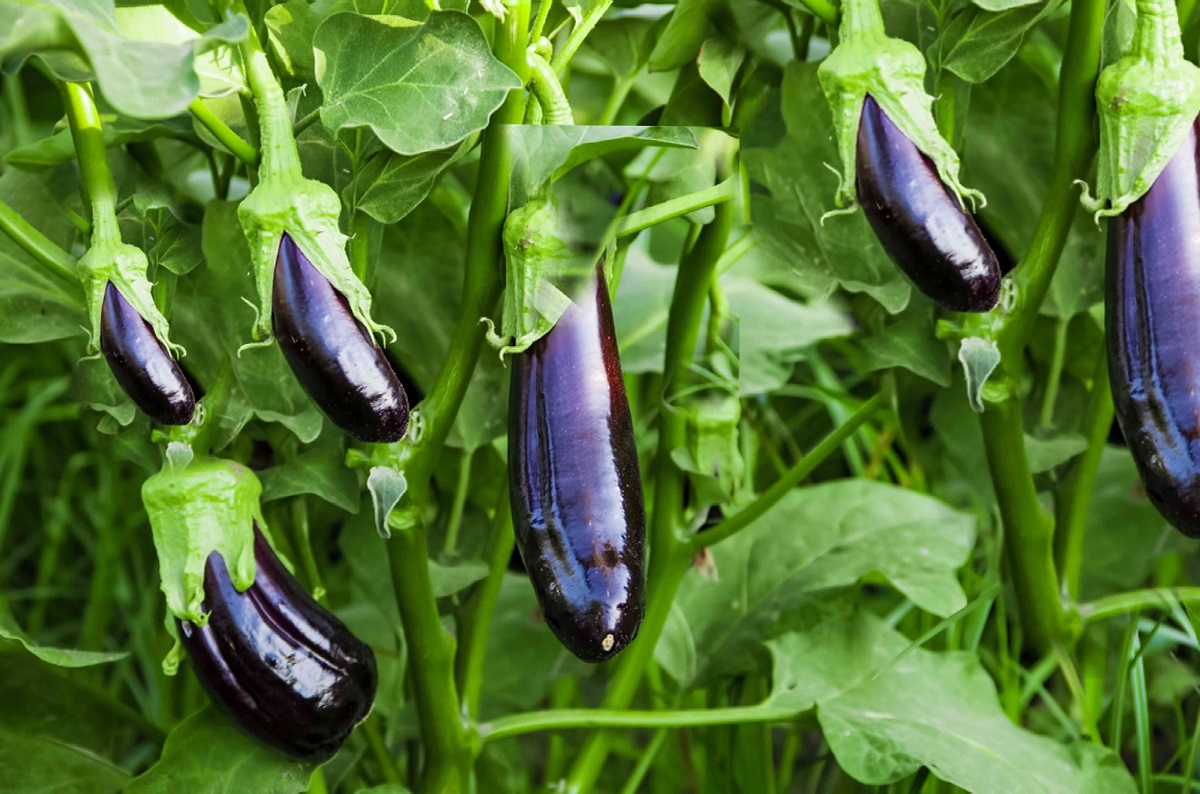
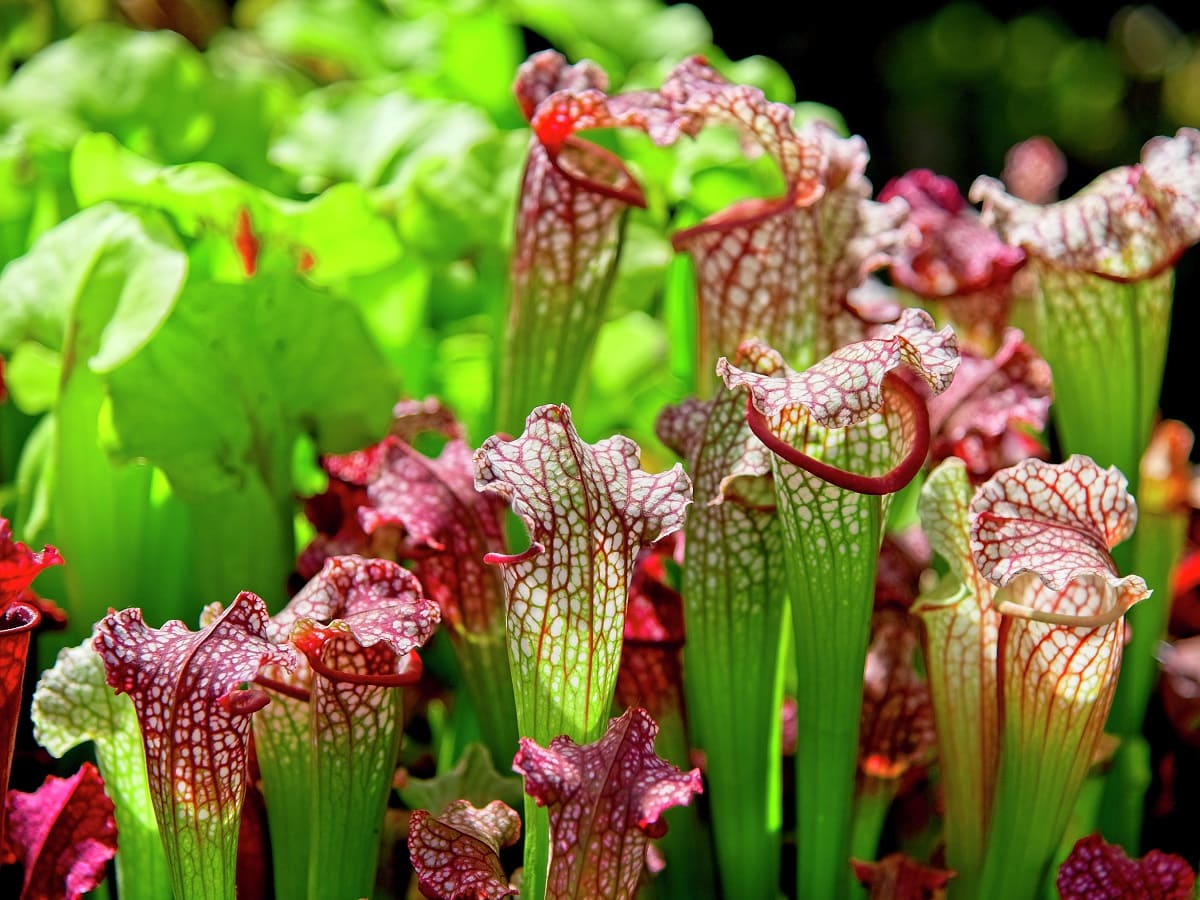
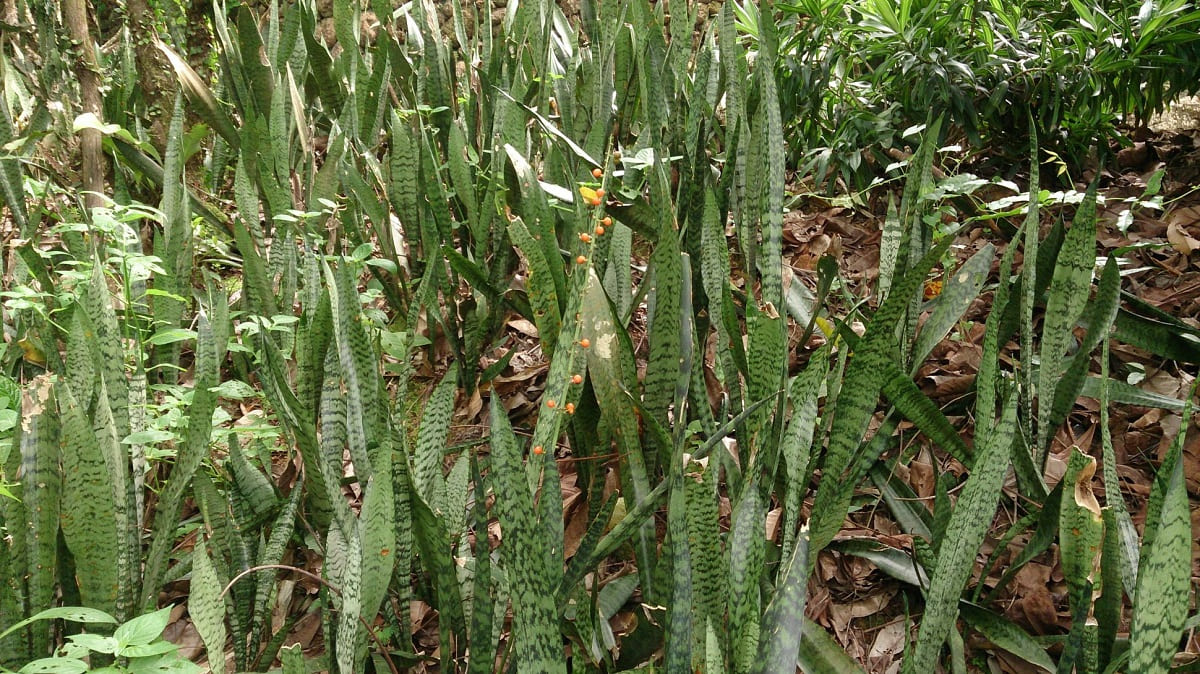
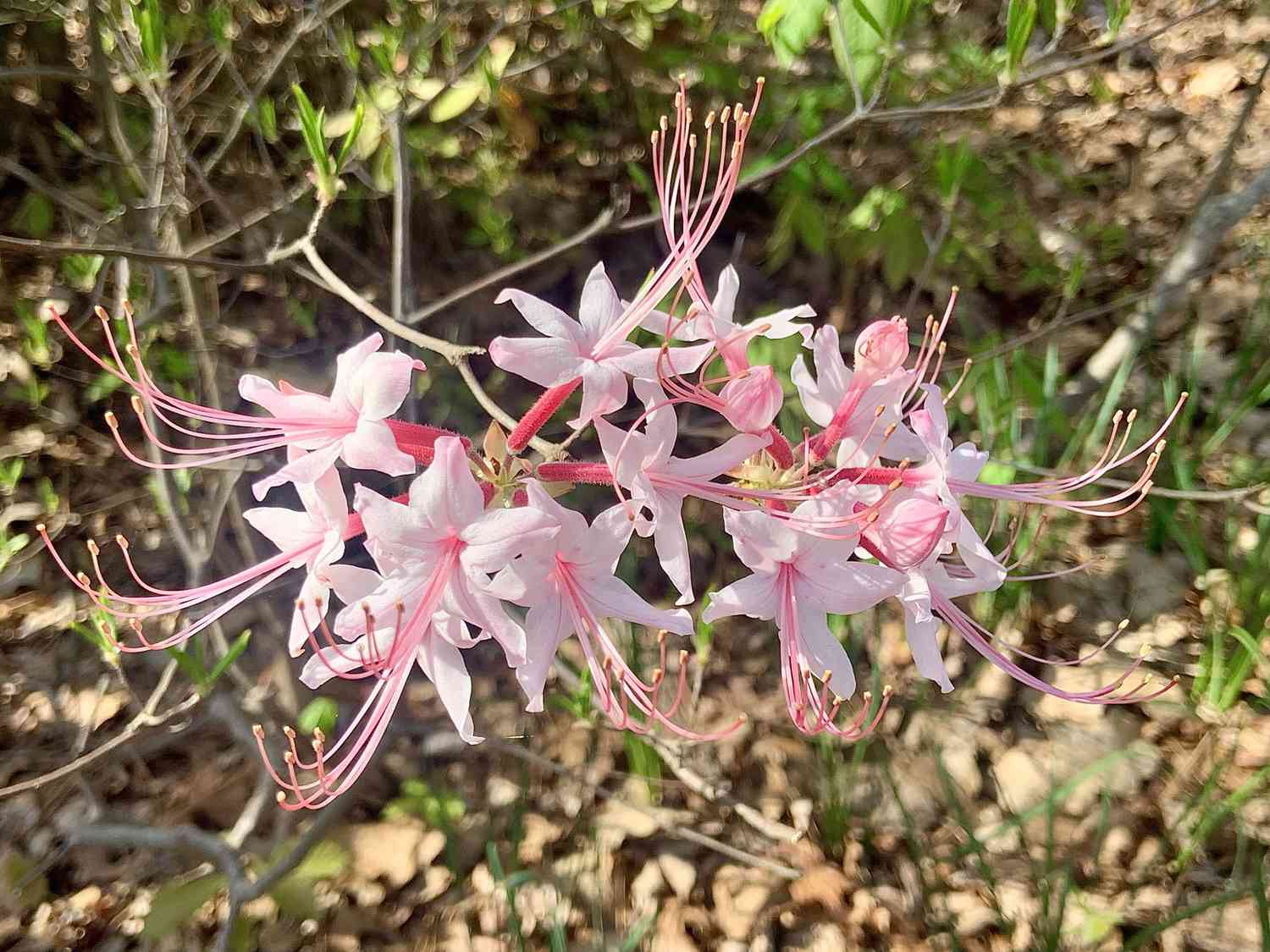
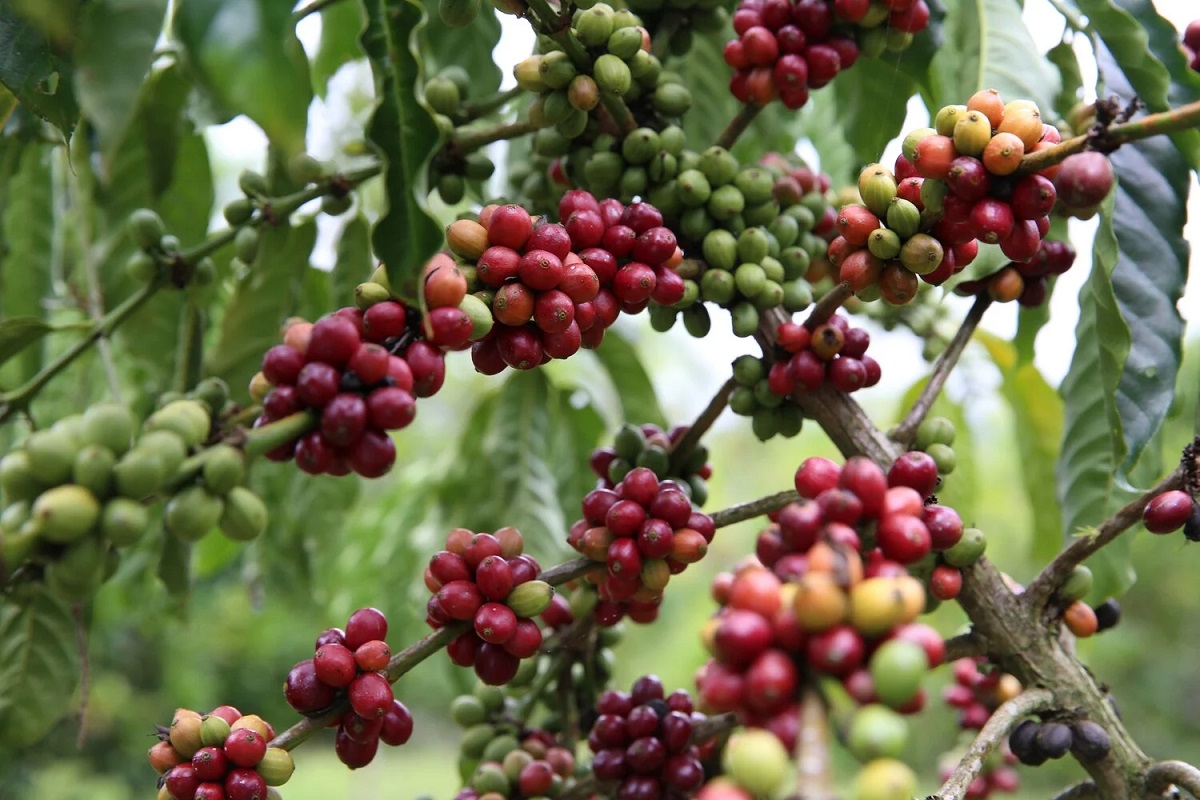
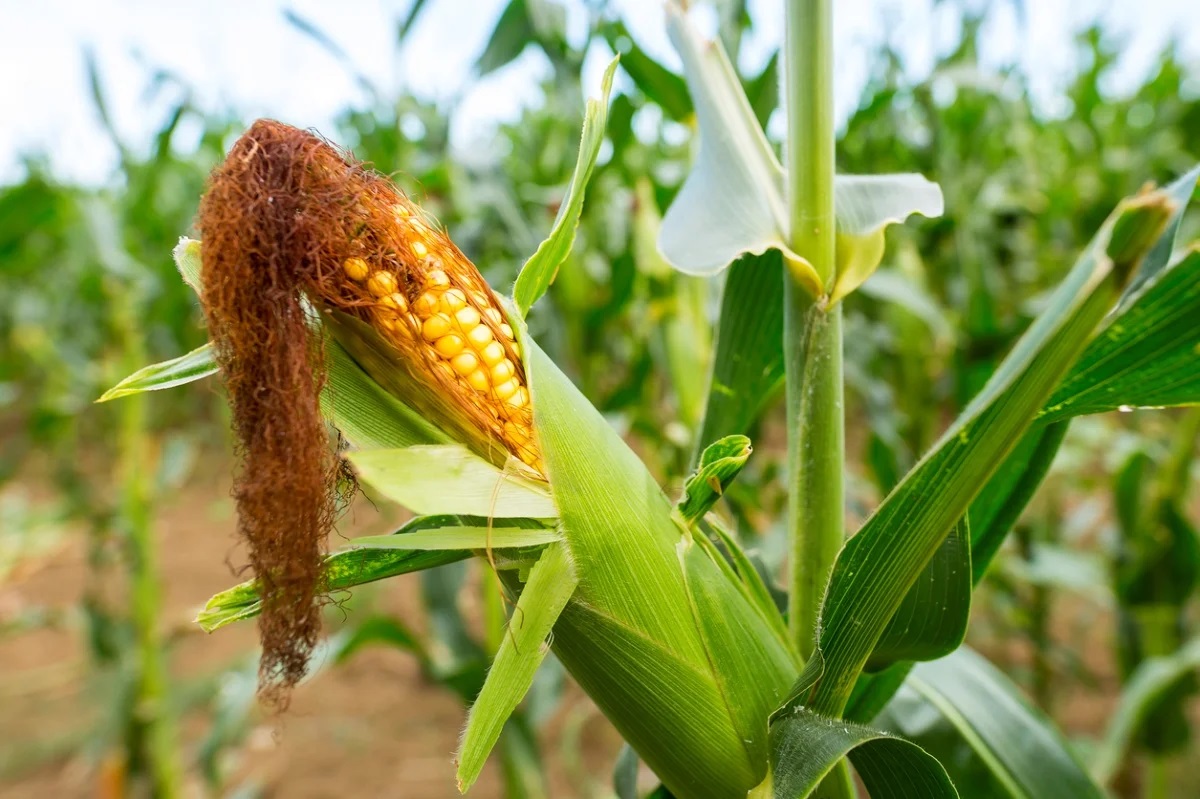
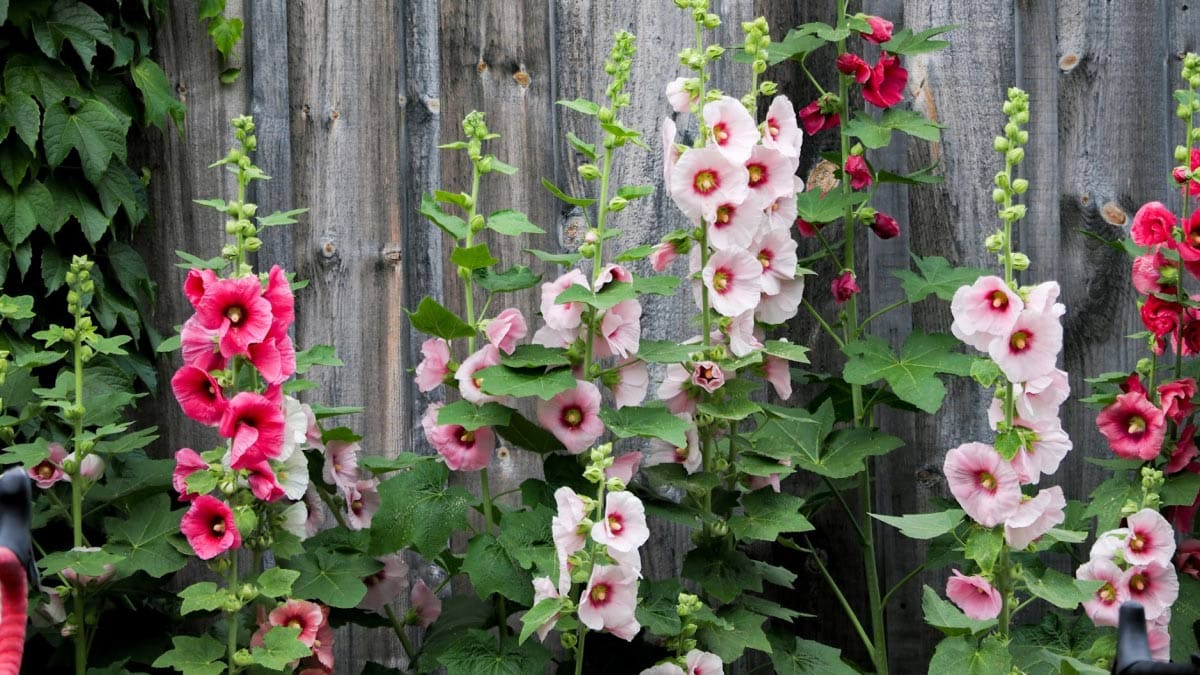
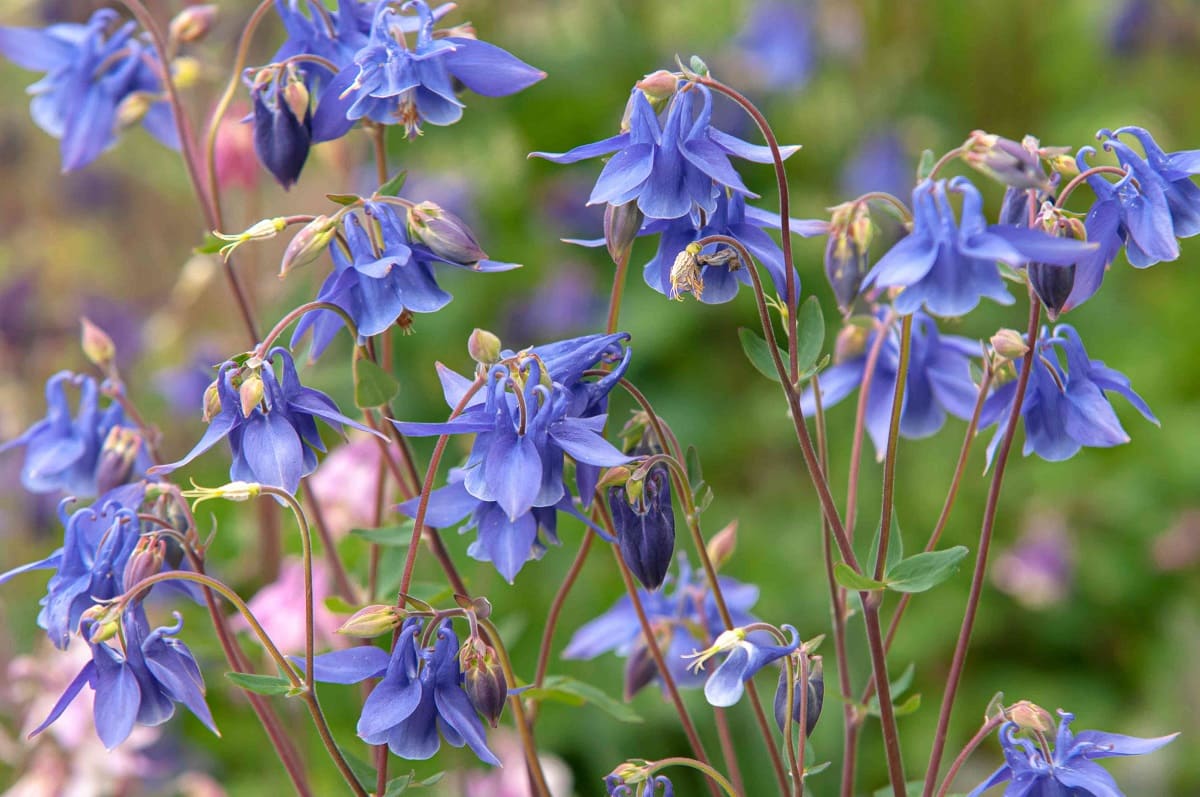
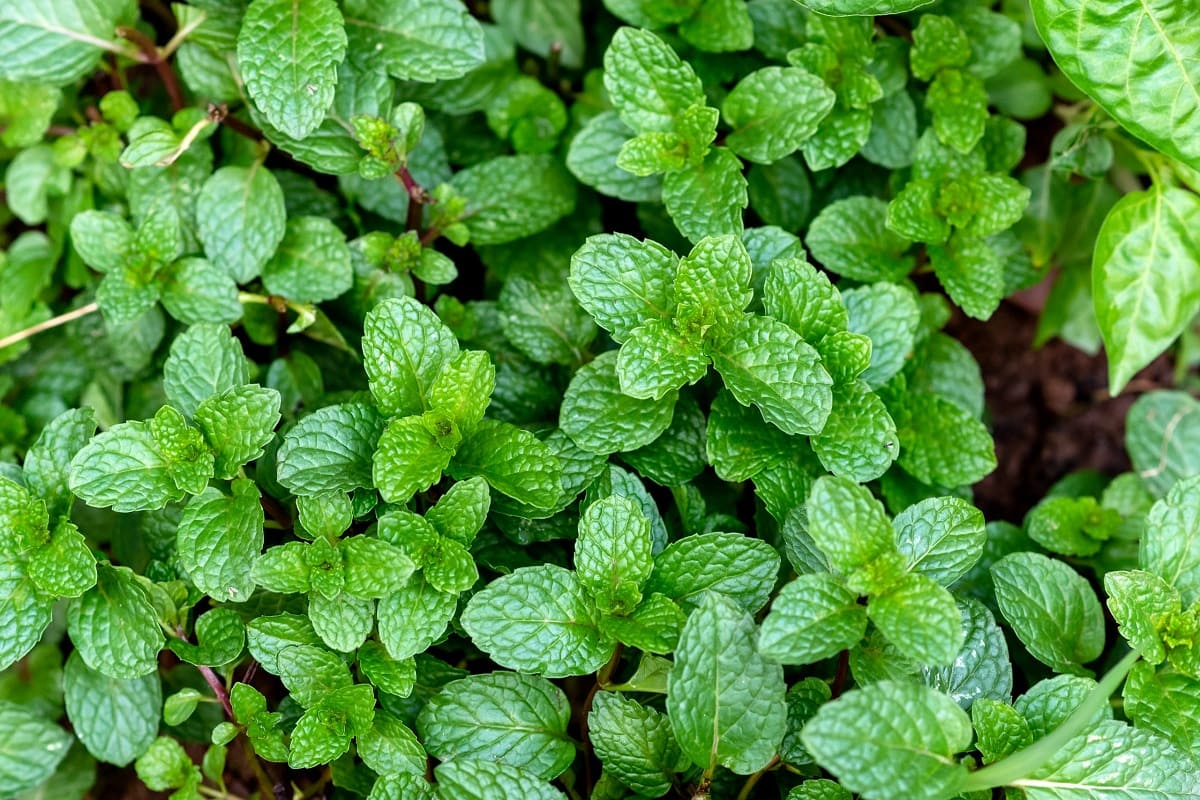

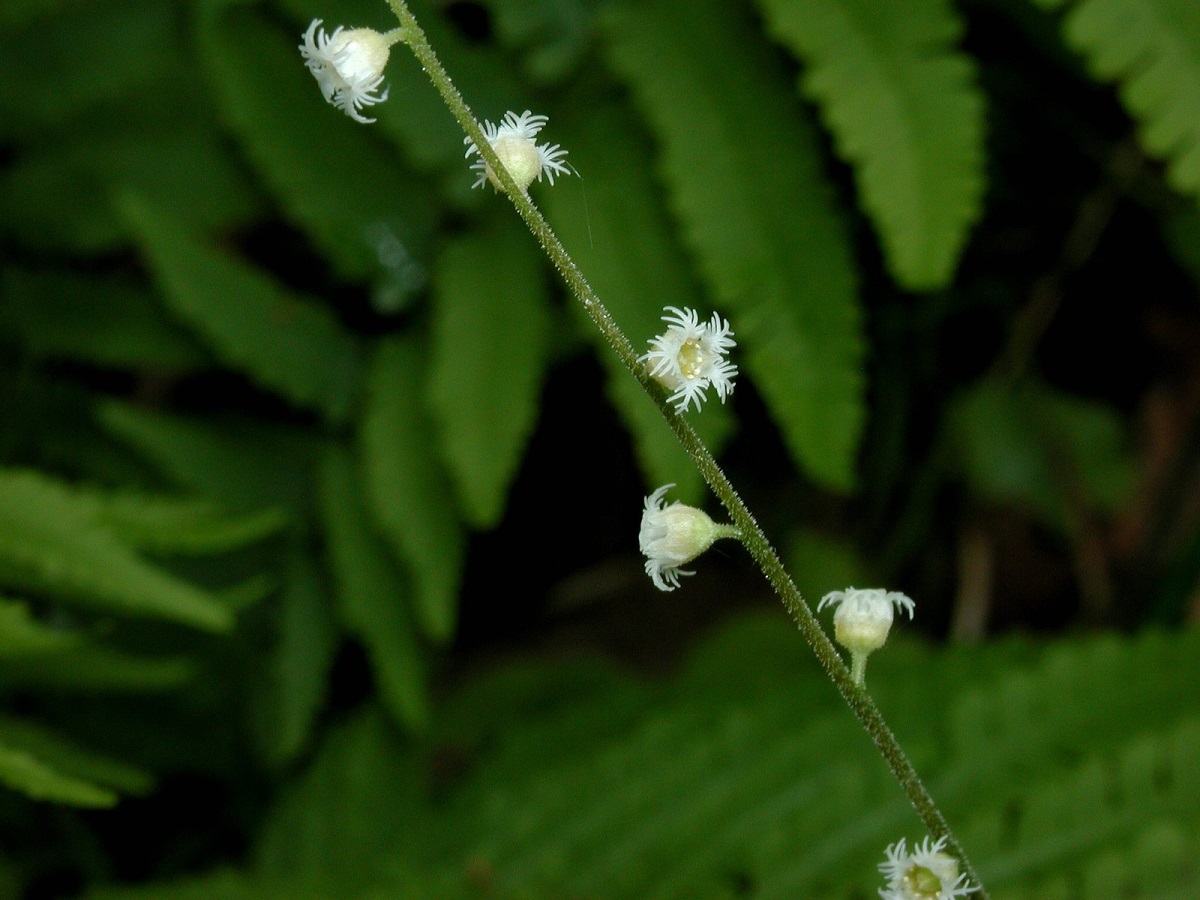
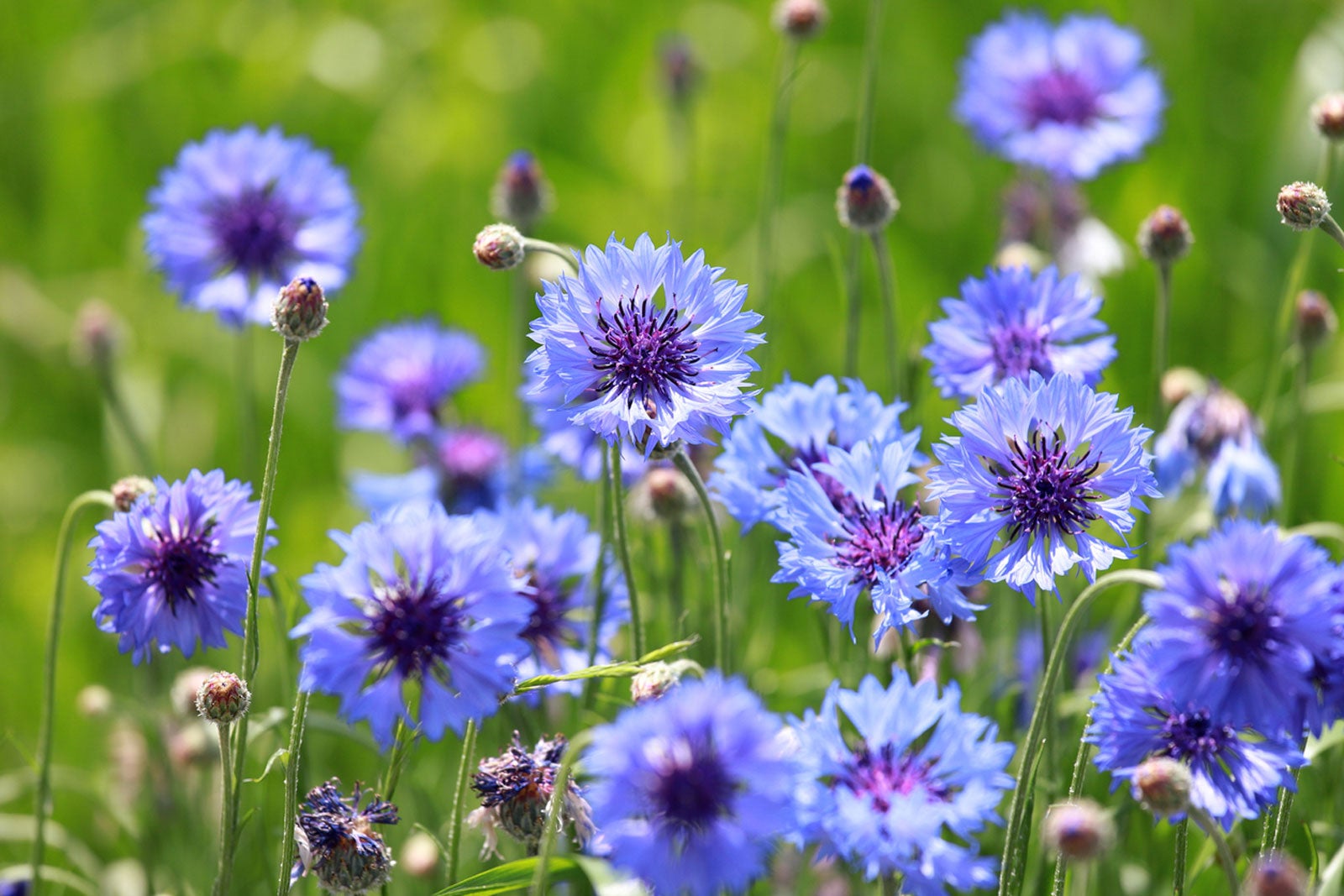
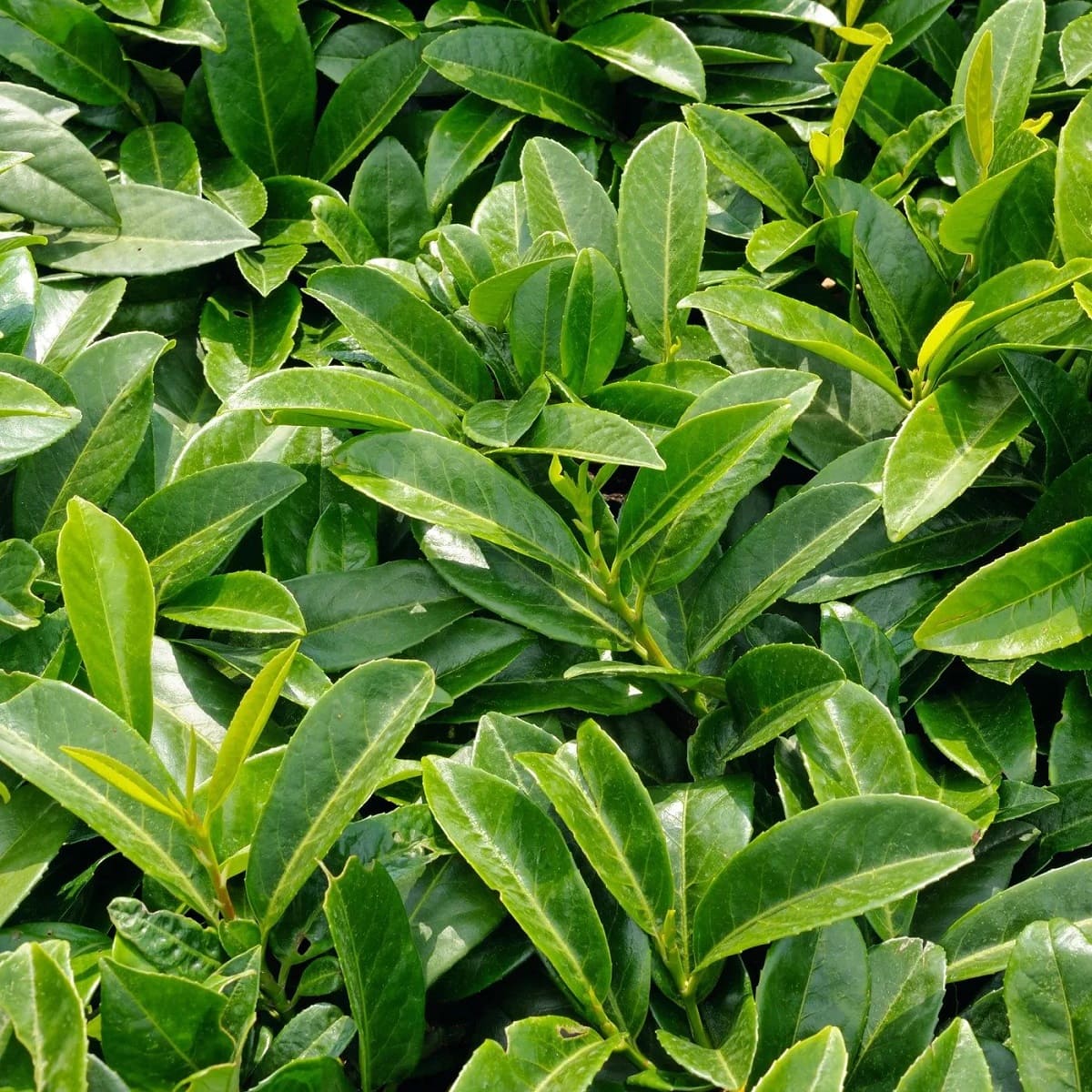

0 thoughts on “Where Is The Tobacco Plant Native To”